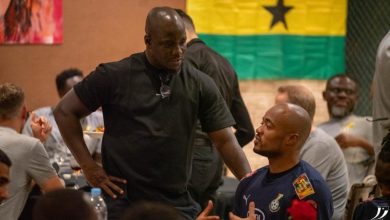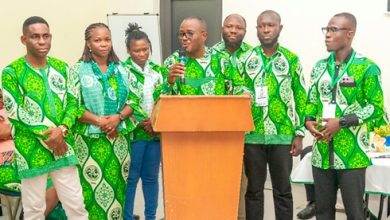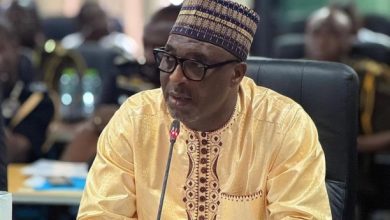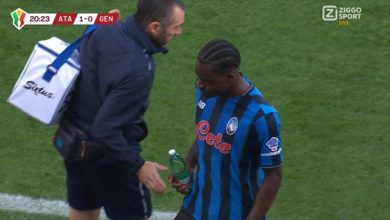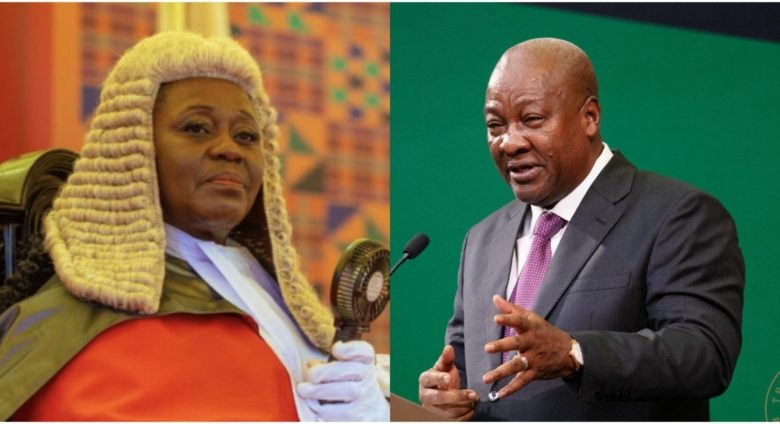
Chief Justice Gertrude Torkornoo has formally submitted her preliminary response to President John Mahama, following petitions seeking her removal from office.
The submission comes as the 10-day window granted to her for a response expired on Monday, April 7. The petitions, which were presented to the President last month, have since generated widespread national debate and raised important legal and constitutional questions regarding the appropriate procedures for removing a sitting Chief Justice.
Last week, Justice Torkornoo wrote to the President requesting copies of the petitions and an extension of at least seven days to respond—citing the need to uphold due process and fairness. With her response now officially submitted, it will be considered by the President in consultation with the Council of State, as required under Article 146(6) of the 1992 Constitution.
This development marks a critical milestone in the constitutional process, which may lead to the formation of a committee to investigate the allegations against the Chief Justice.
Meanwhile, the Supreme Court is scheduled to hear a case on April 9, filed by Old Tafo MP Vincent Ekow Assafuah. The suit challenges the legality of the President initiating the removal process without first notifying the Chief Justice.
Constitutional Provisions on Removal of a Chief Justice
The procedure for removing a Chief Justice or any Justice of the Superior Courts is governed by Article 146 of the 1992 Constitution. Key provisions include:
Clause 1: A Justice of the Superior Court or Chairman of a Regional Tribunal can only be removed for stated misbehaviour, incompetence, or an inability to perform official duties due to physical or mental infirmity.
Clause 2–5: For Justices other than the Chief Justice, the petition is referred to the Chief Justice to determine if a prima facie case exists. If so, a committee is formed to investigate and make recommendations.
Clause 6–7: In cases involving the Chief Justice, the President, in consultation with the Council of State, appoints a five-member committee—two Supreme Court Justices (one as chair) and three non-lawyers who are not members of Parliament or the Council of State.
Clause 8: All proceedings are held in camera. The Justice or Tribunal Chairman has the right to be heard in their defence, either personally or through legal representation.
Clause 9: The President is bound to act in accordance with the committee’s recommendations.
Clause 10–11: The President, upon referral to a committee, may suspend the Chief Justice (with Council of State advice) or other Justices (with Judicial Council advice). Such suspensions can be revoked at any time.
As the constitutional process unfolds, the nation awaits the next steps with keen interest, mindful of the importance of judicial independence and adherence to the rule of law.
